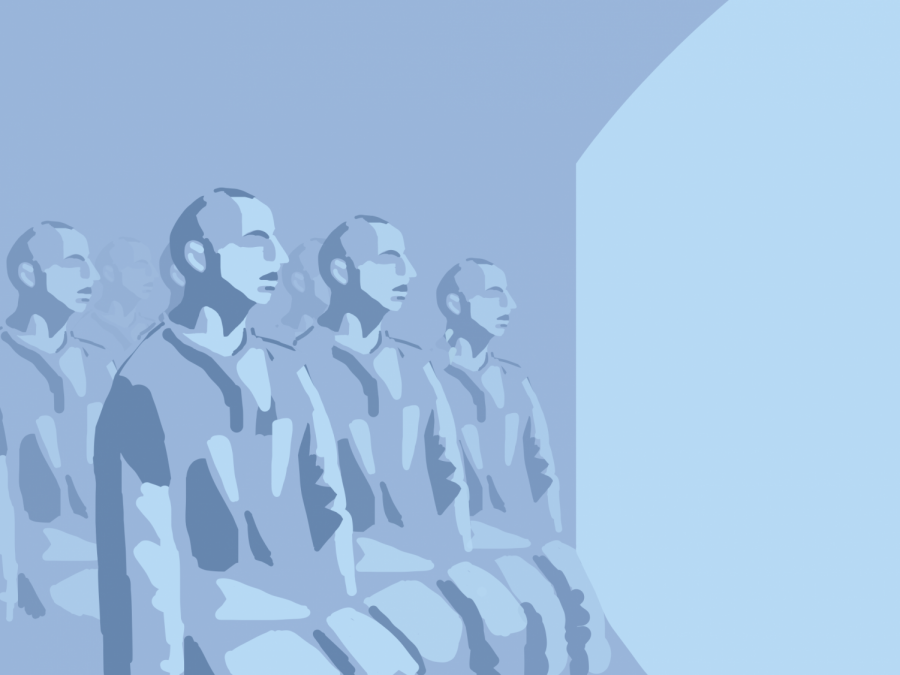The Allure of Annihilation
Humanity’s “death drive” allows us to be controlled by an obsession with our darkest fears.
August 3, 2020
In 1920, the father of psychoanalysis, Sigmund Freud, developed the idea of the death drive. He explained that humans found pleasure in not just Eros (things that maximize love, life, propagation) but also in Thanatos (things that destroy, minimize life energy, and cause chaos). Despite being thought of as an outdated and archaic theorization of psychology, it provides a useful heuristic to understand our modern-day world. Specifically, it gives us a theoretical lens through which to understand why people relish imagining their own deaths.
While the claim that humans have a fetishistic desire for our own demise seems outlandish at first, the more one observes their daily lives it becomes apparent.
In an analysis of the way the media functions, Steven Pinker, an experimental cognitive psychologist, gathered data on how audiences respond to content displayed by media outlets. The news industry garners substantially larger views and revenue when they overhype threats that pose an existential risk to us. When news outlets recently exclaimed how we were on the cusp of war with Iran, for example, this threat became the focal point of conversations, tweets, and TikToks nationwide.
We stayed glued to our screens in the face of such dire events, stuck in a fearful—perhaps even voyeuristic—state of inertia. Humanity’s worst nightmare had simultaneously become one of our biggest sources of entertainment.
Given our obsession with existential conundrums, most tend to ask, “So what?” A couple of memes, watching the news can’t be that bad right? Unfortunately, the answer is a lot darker than anyone would expect. It’s not a one-time phenomenon; it’s a process that happens time and time again.
Our captivation with ruinous events becomes a condition of our everyday life. We become like drug addicts craving one more hit. The unconscious part of the brain (a host of repressed desires, emotions, and memories that exist outside of our conscious awareness but drive our conscious actions) through a repetitive process learns to want more of those images. Society becomes incentivized to come to the brink of extinction. We actively go out and create the conditions for catastrophe to occur.
Think back to the times you have staying up crying to finish that one essay, only to brag that “yeah, I only got one hour of sleep” to your friends. But heaven forbid one of them pipes up with “thirty minutes” or your glorified anguish would be eclipsed—unless you arrive as the walking dead the next day. This highlights the cyclical loop where, because of our desire for conflict, we pretend to solve one issue only to create new ones to solve. The fear of absolute annihilation has seduced us to endlessly recreate possibilities for it to occur.
The last question we then come to ask is “What do we do?” It starts with embracing the death drive as true. Accepting and understanding the way that our brains our wired is the necessary first step to challenge the way the death drive shapes our relationship to politics.
Secondly, we need to overcorrect for our bias. In the face of the constant bombardment of “existential threats,” we need to become more cognizant information consumers and take these apocalyptic images with a grain of salt.
Finally, change relies on calling out politicians. During moments of crisis, politicians get the easy cop out by stoking fear. As a society we should refuse the precarity that their words attempt to make us feel. While this process may seem difficult and require a much larger scale, movements are born one person at a time.
The only question is this: Are you ready to join?


